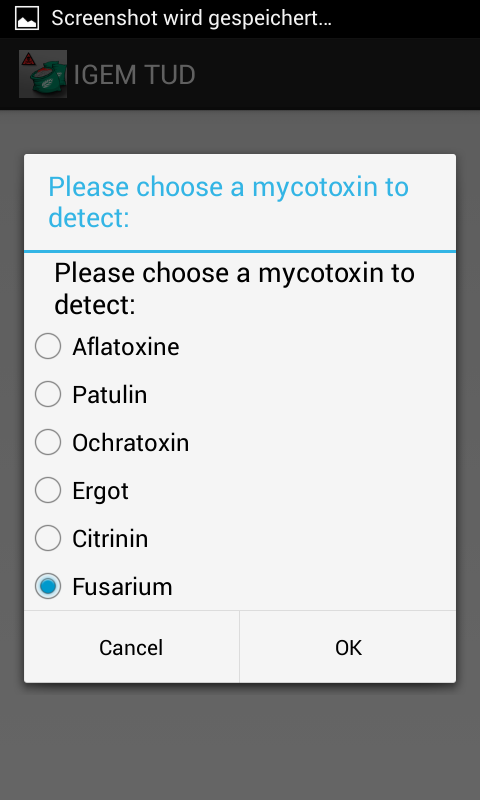Team:TU Darmstadt/result/electrical engineering
From 2013.igem.org
Electrical engineering
Handheld development:
blabblabalalbal [1] showed that LSSmOrange has an excitation maximum by blablabla
 LED Sensing:
LED Sensing:Light emitting diodes are robust, low-cost, and energy efficient. LEDs cover an increasingly broad spectral range from UV to near infrared. LEDs can be both light emitters and detectors. For example, a LED that emits greenish-yellow light at the peak wavelength of about 555 nm detects green light at the peak wavelength of about 525 nm and over the spectral width of 50 nm. Almost every LED is capable to detect a relatively narrow band of wavelengths, with different sensitivity. When a LED is subjected to light, they generate a backwards biased current proportional to the light striking the diode, typical about 50pA. A precise measurement of the LED photocurrent is possible, using inherent capacitance of diode itself (typically picoFarads) and microcontroller I/O ports with configurable internal pull-ups states and built-in digital timer-counter.
App development:

Graph 1: "Screenshot from an smart phone display"

Graph 1: "Screenshot from an smart phone display"
Bluetooth communication:
YYYYYYYYYYYYYYYYYYYYYYYYYYYYYYy
References
- G.W.Mitchell and J.W.Hastings: A Stable, Inexpensive, Solid-State Photomultiplier Photometer
Biological Laboratories, Havard University, Cambridge, Massachusetts 02138
Analytical Biochemistry 39, 243-250 (1971) - Hanwen Yan: An Inexpensive LED-Based Fluorometer Used to Study a Hairpin-Based DNA Nanomachine
Staples High School, 70 North Avenue, Westport, CT 06880 USA - Nuts and Volts – November 2007
- Nuts and Volts – Mai 2013
- Forrest M. Mims III: Sun photometer with light-emitting diodes as spectrally selective detectors
The author is with Science Probe, Inc., 433 Twin Oak Road, Seguin, Texas 78155. Received 21 February 1992. © 1992 Optical Society of America - W J O’Hagan et al.: MHz LED source for nanosecond fluorescence sensing
Meas. Sci. Technol. 13 (2002) 84–91; Department of Physics and Applied Physics, University of Strathclyde, Glasgow G4 0NG, UK - Andrew E. Moe: Improvements in LED-based fluorescence analysis systems
Department of Electrical Engineering, University of Washington, Seattle, WA 98195-2500, USA - Radovan Stojanovic and Dejan Karadaglic: An optical sensing approach based on light emitting diodes
Journal of Physics: Conference Series 76 (2007) 012054
 "
"